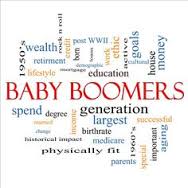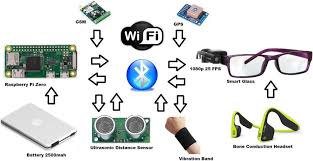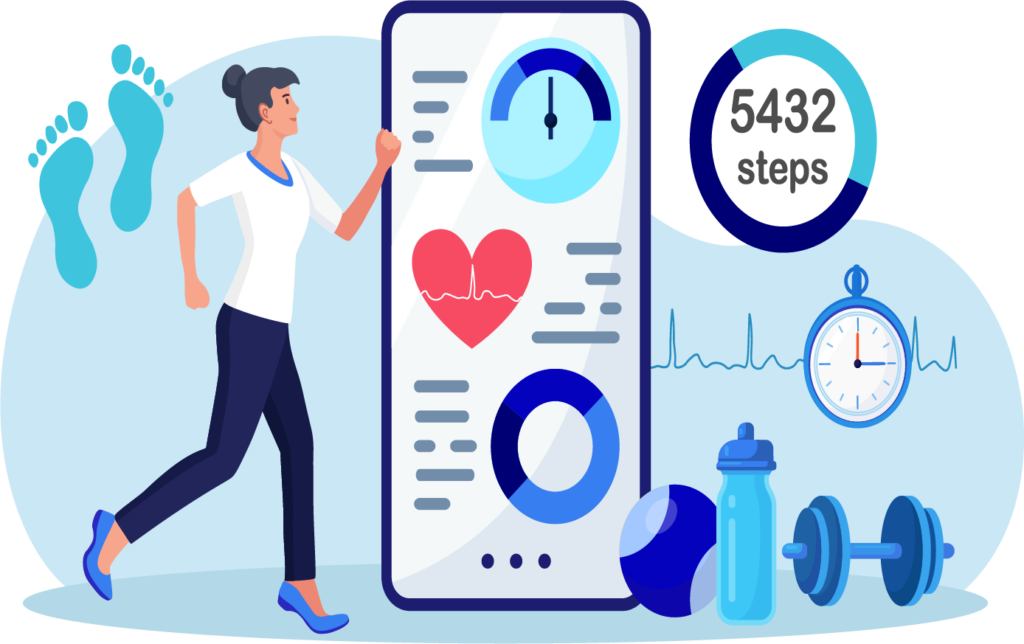Older adults can save tens of thousands of dollars annually by choosing assisted living communities over aging in place in their homes.
Unlike point solutions, Inspiren unifies resident safety, care planning, staffing, and emergency response into a single AI-powered platform.
An artificial intelligence-powered virtual assistant platform for senior living and care providers.

 Asking ChatGPT a question on an iPhone returns a detailed answer. Of course, it’s slightly different when asked again. The question: “What devices are useful for monitoring older adults in their home?” The categories (and sub-categories) were not surprising – you can give it a try yourself. They included medical alerts, smart home devices, cameras and video monitoring, remote health monitoring fall detection sensors, GPS tracking devices, medication management, environmental monitoring. On the iPhone, adding companion robots – and an observation: “These devices, especially when used together, can create a safer and more supportive environment for older adults living independently.”
Asking ChatGPT a question on an iPhone returns a detailed answer. Of course, it’s slightly different when asked again. The question: “What devices are useful for monitoring older adults in their home?” The categories (and sub-categories) were not surprising – you can give it a try yourself. They included medical alerts, smart home devices, cameras and video monitoring, remote health monitoring fall detection sensors, GPS tracking devices, medication management, environmental monitoring. On the iPhone, adding companion robots – and an observation: “These devices, especially when used together, can create a safer and more supportive environment for older adults living independently.” by boomers – the demographic looms large – and their future is likely underserved. You see it everywhere,
by boomers – the demographic looms large – and their future is likely underserved. You see it everywhere,  AARP fielded a survey that is worth a look. The topic was
AARP fielded a survey that is worth a look. The topic was  It’s a bad sign when you get a warning from Amazon about Prime scams. Shopping online has definitely deteriorated when you receive a desperate email from Amazon warning about Amazon Prime scams. But their
It’s a bad sign when you get a warning from Amazon about Prime scams. Shopping online has definitely deteriorated when you receive a desperate email from Amazon warning about Amazon Prime scams. But their  Technology has enhanced the world for those with vision limitations. As many as 50 million Americans have some degree of vision loss -- a problem that was poorly addressed by technology prior to the arrival of smartphone navigation, smart glasses, sensors, robotics and AI in nearly all devices and technologies. Today, it's a whole new and innovative world -- supportive of individuals with a range of vision limitations from low vision to completely blind. And in fact, today those who are blind can use haptics to follow a game in real time, even in a stadium. They can create presentations from data sets, read road signs down the road, navigate airports and safely make their way through obstacle-filled streets. Here are five technology enablers that will likely make a difference:
Technology has enhanced the world for those with vision limitations. As many as 50 million Americans have some degree of vision loss -- a problem that was poorly addressed by technology prior to the arrival of smartphone navigation, smart glasses, sensors, robotics and AI in nearly all devices and technologies. Today, it's a whole new and innovative world -- supportive of individuals with a range of vision limitations from low vision to completely blind. And in fact, today those who are blind can use haptics to follow a game in real time, even in a stadium. They can create presentations from data sets, read road signs down the road, navigate airports and safely make their way through obstacle-filled streets. Here are five technology enablers that will likely make a difference: The population is aging – and still, the tech solution market is immature. Investors of all types demonstrate interest in a product here and an offering there. Competitions highlight product winners; money is raised for one product at a time. One reason for the immaturity of the market is the behavior of buyers. Senior living companies buy a product for this and
The population is aging – and still, the tech solution market is immature. Investors of all types demonstrate interest in a product here and an offering there. Competitions highlight product winners; money is raised for one product at a time. One reason for the immaturity of the market is the behavior of buyers. Senior living companies buy a product for this and  Don’t we already have technology to live our best life as we age?
Don’t we already have technology to live our best life as we age?  Losses to scams continue to grow. One wonders if there is an entire funding source somewhere that pumps money into new and scam incarnations – like the
Losses to scams continue to grow. One wonders if there is an entire funding source somewhere that pumps money into new and scam incarnations – like the  The 2024 media message touts aging in place. It’s what everyone wants to do, even those with homes that are difficult to navigate, long distances from family, and must have major modifications to enable remaining there. Yet you read this message nearly every week --
The 2024 media message touts aging in place. It’s what everyone wants to do, even those with homes that are difficult to navigate, long distances from family, and must have major modifications to enable remaining there. Yet you read this message nearly every week --  Older adults today are beneficiaries of widespread tech access. And it really does fulfill the 2011 prediction in the AARP report,
Older adults today are beneficiaries of widespread tech access. And it really does fulfill the 2011 prediction in the AARP report,